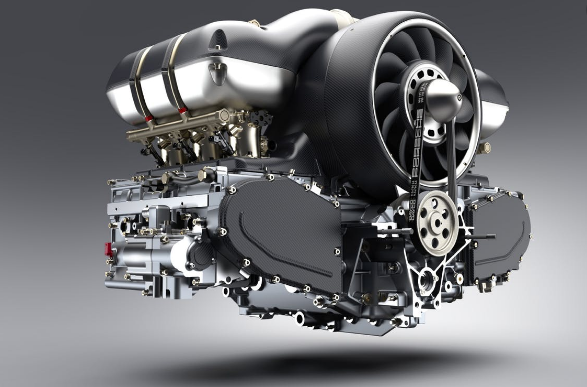Engine Types: The Basic Guide!

Understanding how something works is always satisfying, and if it is something we use daily or are interested in, it only gets better! It is not just gratifying, but a basic understanding of the construction or working can make diagnosis easier, allowing you to fix the problem anytime, anywhere. It is especially true for cars, and you can figure out the problem within seconds.
What we do is, put the key in, and the engine starts. Most of the time, it is taken for granted, and few drivers put in a certain degree of effort to understand what goes on beneath the blanket. Even fewer drivers spare a thought for the technology and the wizardry existing under the bonnet. It is an impressive feat of engineering that makes going from A to B easy!
All engines rely on the internal combustion controlled, small explosions due to the fuel-air mix's ignition generating power. It is known as the combustion cycle, and in most cases, the process spans over four steps:
Intake
The pistons move up and down in the first step, similar to a crankshaft motion mounted on the camshaft. The piston's movement is aligned with the camshaft rotation, which allows the valves to open and release the fuel-air mixture.
Compression
The compression stroke occurs when the piston moves up. It forces the fuel-air mix into a tight space and compresses it.
Combustion
The compressed fuel-air mix them sparks when the piston moves down again. Sparkplugs are in place, which ignites the fuel-air mix leading to a small explosion. It forces the piston to move down rapidly, and the energy to power the engine is acquired.
Exhaust
When the piston reaches the lowest point, exhaust valves open up to expel the gases accumulated due to the explosions. Once the gases are out, the exhaust valve closes, and the whole process is repeated.
Hence the name, four-stroke engines!
Another important aspect is the different cylinder layouts for specific engines. Mostly, they add more power or are the perfect fits under certain bonnets. Here are the most engine layouts:
Straight
The cylinders are arranged in a line parallel to the car from front to back, and this arrangement allows for more cylinders. They are found in powerful saloon cars like BMW and Mercedes.
In-Line
The cylinders are arranged in a side-by-side manner across the engine bay perpendicular to the car, allowing for a small, compact engine, with other components (radiator, battery, cooling system) fitted around the outside. Examples: hatchbacks and small family cars.
V
It refers to how the cylinders are arranged when viewed from the front. The cylinders are mounted on the side at a 60° angle. They're found on supercars and premium vehicles
Flat
The cylinders are mounted horizontally, with two rows facing outwards, and although they are not common, they are highly regarded for offering a low center of gravity within the engine bay, aiding handling. Porsche uses a flat-six engine in their legendary 911 sports car!